Olympus E-520: Update to a Top Seller
by Wesley Fink on August 26, 2008 3:00 AM EST- Posted in
- Digital Camera
Olympus E-520 vs. Nikon D60
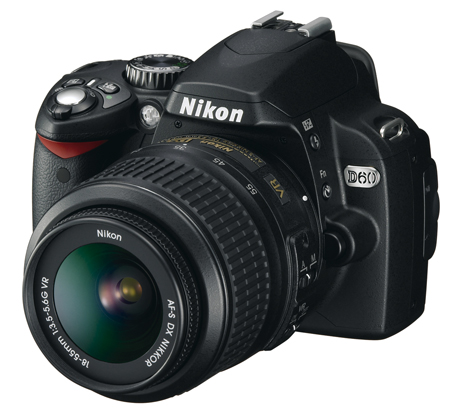
It is widely known that the Nikon D60 utilizes the same Sony 10.2MP CCD sensor found in the Sony A200/A300 and the Pentax k200D. Any differences you might find between image quality of the D60 and competing cameras using the same sensor will therefore reflect the differences in processing electronics employed by each camera maker and perhaps the differences in the lenses used on each camera when the image was captured.

A Sony A200 is currently in the lab for evaluation, and we will be comparing images from the A200 with Olympus E-520 images in an upcoming review.
In past comparisons of Olympus images to either Canon or Nikon, the Olympus proved to be noisier at higher ISO settings than either Canon or Nikon. In the E-520, we now find the Olympus sensor very competitive with the Nikon sensor through ISO1600. The Nikon reaches higher to ISO 3200, with much more visible noise, but the slightly smaller E-520 4/3 sensor really compromises very little in noise compared to the Nikon D60. This is most likely due to the improved image processing electronics brought from the prosumer E-3 to the new E-520.
The Nikon D60 tungsten white balance preset is very slightly warm compared to the Olympus E-520, but it is more a matter of preference than the strong orange-reddish shift seen in the Canon XS/XSi. This is not a comparison of Auto White Balance, but of cameras manually set to tungsten. Clearly if you plan to shoot "household" tungsten with a Canon camera you need to use custom white balance as the current tungsten setting is way off the mark on all three Canon cameras. Another option is to shoot Canon indoors without flash in RAW and compensate in Photoshop or another RAW processing program. The Nikon tungsten results are very usable as captured, and they can be easily tweaked in post-processing to match your preferences.


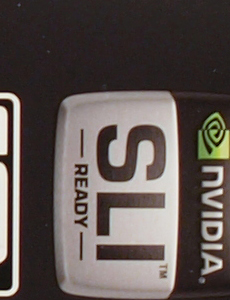
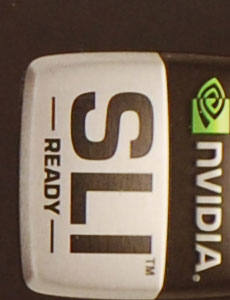

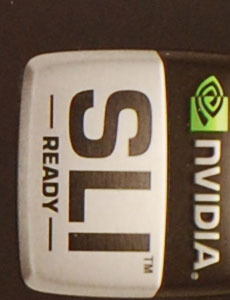
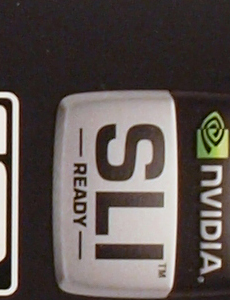
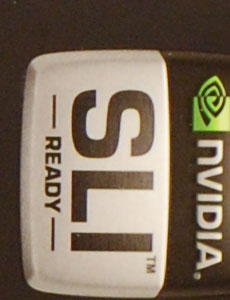

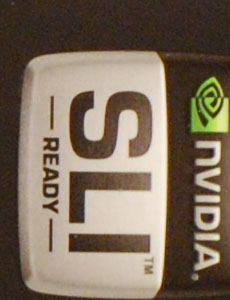
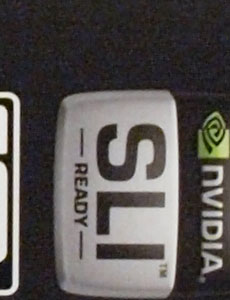
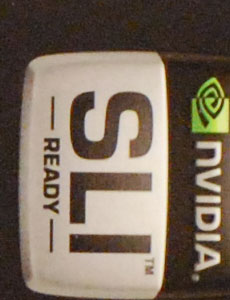









12 Comments
View All Comments
illusionist - Wednesday, August 27, 2008 - link
Is it just me or ya'll get the feeling that this place is owned/heavily sponsored by nvidia?Rev1 - Wednesday, August 27, 2008 - link
Is it me or was the reply completely irrelevant to the review here?teldar - Wednesday, August 27, 2008 - link
Sounds like it may be interesting.I have to say that I would really like the new Pentax k20 when I graduate, but the new lenses for them start around $600. To get a 2 lens kit similar to what is available with this olympus, it's around $2300. I little on the pricey side for a definitely amateur photographer.
Maybe in the next year, Olympus will upgrade their autofocus one more time.
T
trisweb3 - Wednesday, August 27, 2008 - link
Disclaimer: I am an Olympus user and I like the cameras, but I try to keep very objective about camera brands as it doesn't help anyone to argue over them - just use what's best to you. Okay then.Wesley, AnandTech, I know you are not digital camera specialists and you're trying to give this a chance, and I appreciate the attention you're giving to alternative brands and other option, kudos there, but putting real trust in your reviews is somewhat difficult for me personally. There's a lot of speculation, missed points, incomplete understanding, and a general misconception of what's important and what's not in a digital camera.
For example (this was what really hit me in this review) the white balance preset for Tungsten light is absolutely 100% completely inconsequential to actual photography. It's meaningless, just use a different preset or set the white balance so white is white, every modern camera can do this, and it's no merit or demerit of any of these, yet it got a good three paragraphs of attention in the review.
Also, it may be important to you, but you lambaste the 3-point AF system as a true failing of the camera. While I find that's true if you use multi-point autofocus extensively, on every camera I've ever used, I just want the center point so I know where focus is going to go. It is certainly a limitation that people should know about, but it's not going to have the same importance to everyone else as it did to you. Not bad though, it's good to know.
The paragraph on Image Quality was entirely about noise - this is not the only aspect of the image that people care about. What about color balance and appearance? Highlight and shadow rendition? Dynamic range? I'd love to hear more depth to this important bit.
On the other hand, things about this camera that are truly important features were relatively ignored. What about in-camera image stabilization? Most people don't know how useful it is to have every lens stabilized. What about the dust-buster that really works, so you never have to clean the sensor?
On the positive side, it's great to see a review on a large site that really focuses on the amateur average user and brings everything to a good conclusion. It's nice to hear it from a "Well, here's what I thought of it, let me show you" perspective. Plus, it should also be telling that real users such as yourself actually enjoy using Olympus DSLRs. I know I have, and convincing people of the validity of the E-system is always a bit difficult.
So, keep it up, keep learning, try to stay objective, and try to focus on what's really important and don't worry too much about trivial details if you can avoid it. Thanks!
Wesley Fink - Wednesday, August 27, 2008 - link
Thank you for your reply, but I still disagree with your claim that focus points don't matter. If they truly don't matter then why does Olympus use 11 double-cross points (44 segments) in the E-3 and only 3 in the E-510. Why then, does Nikon use 51 points in their top cameras and only 3 in their D60, and why does Canon use more points as the price goes up?I do agree that the number of points really don't matter in thoughtful photography when you have the time and know what you're doing. However, in action, sports, or even photographing active kids the number of points and focus tracking definitely DOES matter. Try shooting sports or playing kids with a D300 compared to the E-520 and you will also be convinced. ANY kind of focus tracking is very difficult to impossible with just 3 points. Can you take great photos with just 3 points or even one point or none - of course you can, but that is not the point.
My point was that in a comparison to other cameras in its class the E-520 falls short in the AF module, and that does matter in the marketplace. Almost every other camera with which the E-520 competes has more AF points, better focus tracking, and faster AF, and that definitely DOES matter to many buyers.
In other areas like color accuracy Olympus does a very fine job. The E-3 AF is SO much better in AF that its a fair question as to why Olympus won't bring some of that technology to their new, lower-priced cameras. It would definitely make Olympus even more competitive.
I did overemphasize noise, as you point out. That was primarily because Nikon and Canon users often unfairly criticize Olympus for their noise as Inherently the case due to the smaller 4/3 sensor. The real size difference between 4/3 and Canon's 1.6X APS-C is fairly minimal and I was trying to put that concern to rest. Olympus has done a good job of bringing the excellent image processing and noise reduction from the E-3 to the E-520, and I believe it is important to show that to the rock-throwers.
As for white balance Tungsten performance on Auto WB and Tungsten presets I confess that is a pet peeve. If you only shoot outdoors or in a studio they really don't matter. However, amateurs shoot indoors without flash - which is one of the reasons they step up from a P&S. How an entry level camera handles indoor available-light shooting is VERY important, IMO, in evaluating a camera - particularly an entry-level camera.
Of course photographers and those who understand color temperatures and how to set up Custom White Balance can deal with poor Tungsten balance, but it still is very time consuming. For first time DSLR buyers, however, orange tinted photos are often a mystery. In case it wasn't clear the Olympus Tungsten preset did a pretty good job. Auto WB in tungsten lighting, however, was about as bad as Canon and Nikon. Actually Sony does the best job of handling Tungsten under Auto that I have seen in current DSLR cameras.
melgross - Thursday, August 28, 2008 - link
White balance settings don't matter at all if you're using RAW, in a proper converter. You can try setting a scene at any setting, and they will all become the same in the converter when the settings are changed there.But, when shooting JPEG, is sure does make a difference. Whatever setting is used determines the final quality. changing from one to the other can almost destroy the the image from a quality viewpoint.
So I agree that whitepoint settings are very important if you shoot JPEC, as many amateurs sadly do. but for RAW shooters, it doesn't matter at all.
I also agree that noise is very important. It determines the effective dynamic range of the camera.
Color accuracy is like white balance. Shoot RAW, and it isn't too important (esp. when a camera uses 14 bit conversion). But when shooting JPEGs it is.
trisweb3 - Wednesday, August 27, 2008 - link
Thanks for justifying all that, great response and I appreciate it.I wasn't arguing that focus points don't matter, I definitely see the value in having more and better of them, but I was just saying that it may not be as important to everyone as it is for you. But I've decided I sort of like your injection of opinion into reviews and while it's a different style than you usually see online, it's refreshing as well.
I'm a happy Olympus user and fan as well, so I'm well up on all the noise, sensor size, and competitive comparison issues that normally come up. Just playing a little devil's advocate to try to keep you thinking :) Thanks again.
pinto4402 - Wednesday, August 27, 2008 - link
Hey Wes,Keep up the good work. You bring a different perspective to camera reviews, and I appreciate it. I regularly read all the other review sites, but I actually look forward to your articles. Many reviewers tend to fetishize new technology for its own sake. You, on the other hand, actually evaluate whether a new technology is actually useful. Also, you take responsibility for your opinions as opposed to hiding behind statistics and "objective" tests which often times are quite useless to most photographers.
You're not going to please everyone. Your article style is definitely not typical, but that's okay because we need a different voice in the camera reviewing universe.
melgross - Wednesday, August 27, 2008 - link
Compared to what? Everything other than Canon and Nikon?The two together have almost 90% of all D-SLR sales. That leaves the other 10% or so to Sony, Olympus, Pentax, Sigma, Panasonic, Samsung, etc.
trisweb3 - Wednesday, August 27, 2008 - link
For Olympus, the E-510 and E-410, and now the -20 series, have certainly sold better than any previous models.Wish I had facts to back this up, but I can only go off what my local photo store tells me about the E-420/520 selling like hotcakes.
Obviously Canon/Nikon are still at the top, but the improvement is notable.